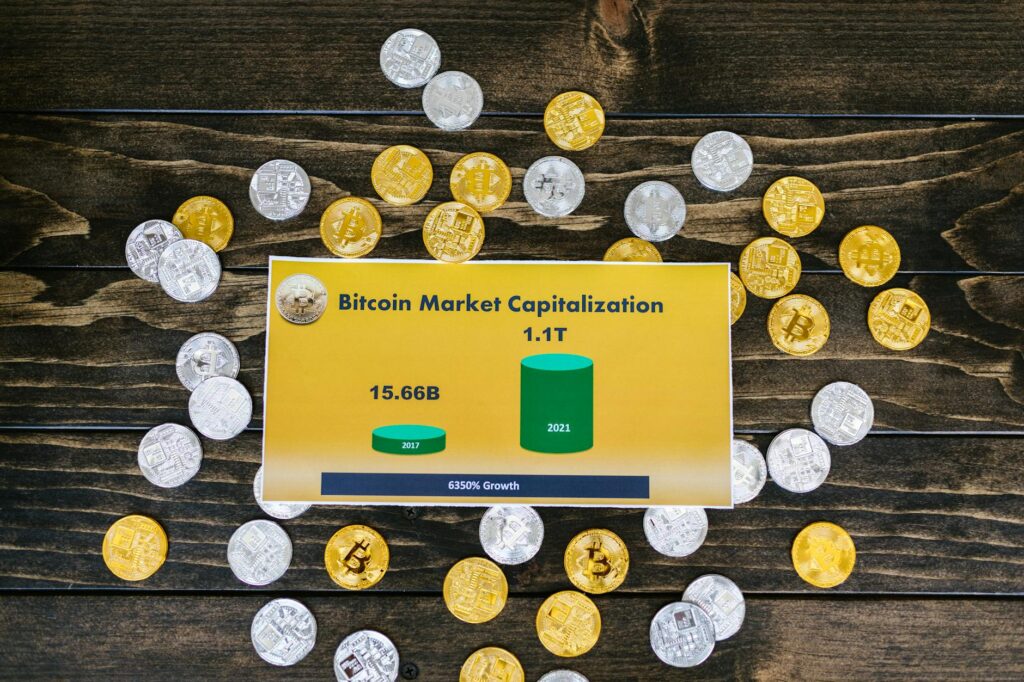How to Build and Manage a Multi-Chain DeFi Portfolio
Remember the early days of crypto? Bitcoin was the only game in town. Fast forward to today, and the landscape is unrecognizable. Decentralized Finance (DeFi) has exploded, offering a dizzying array of opportunities across multiple blockchains. Navigating this exciting new world can feel overwhelming, especially if you’re trying to build a robust and profitable multi-chain DeFi portfolio. Don’t worry, you’re not alone. This guide will walk you through everything you need to know.
Understanding the Multi-Chain Advantage
Why bother with multiple chains? Simply put, diversification. Just like you wouldn’t put all your eggs in one basket in traditional finance, the same principle applies in DeFi. Different chains offer unique advantages: lower fees, faster transactions, specialized protocols, and access to emerging projects. A multi-chain DeFi portfolio allows you to tap into these diverse ecosystems and maximize your returns.
Choosing the Right Chains for Your DeFi Portfolio
Selecting the right blockchains is crucial. Ethereum remains the king, with a mature ecosystem and a vast array of protocols. However, its high gas fees can be a deterrent. That’s where other chains come in. Binance Smart Chain (BSC), Polygon, Avalanche, and Solana all offer faster and cheaper transactions. Do your research. Understand the strengths and weaknesses of each chain before diving in.
Identifying Promising DeFi Projects
Now comes the fun part: finding the hidden gems. Look for projects with strong fundamentals, active communities, and innovative use cases. Don’t just chase hype. Analyze the tokenomics, the team behind the project, and the overall market potential. Remember, due diligence is key.
- Analyze tokenomics: Understand how the token is distributed and its long-term viability.
- Research the team: A strong team with a proven track record is a positive sign.
- Evaluate market potential: Does the project solve a real problem and have a clear use case?
Managing Your Multi-Chain DeFi Portfolio
Building a portfolio is just the first step. Managing it effectively is equally important. This involves tracking your investments, rebalancing your portfolio periodically, and staying informed about market trends. There are a plethora of tools available to help you with this, from portfolio trackers to DeFi dashboards. Find the ones that suit your needs and integrate them into your workflow.

Risk Management in the DeFi Landscape
DeFi is still a relatively new space, and it comes with its own set of risks. Smart contract vulnerabilities, impermanent loss, and rug pulls are just a few examples. Never invest more than you can afford to lose. Diversify your investments across different protocols and chains. Stay informed about potential risks and take necessary precautions.
The Power of Yield Farming and Staking
Yield farming and staking are two popular strategies for generating passive income in DeFi. Yield farming involves lending and borrowing crypto assets across different protocols to maximize returns. Staking involves locking up your tokens to support the network and earn rewards. Both strategies can be highly profitable, but they also carry risks. Understand the mechanics before jumping in.
Remember my first foray into yield farming? I was chasing high APYs and ended up losing a chunk of my investment due to impermanent loss. It was a painful lesson, but it taught me the importance of understanding the risks involved.
Staying Ahead of the Curve
The DeFi landscape is constantly evolving. New projects and protocols emerge every day. Staying informed is crucial for long-term success. Follow influential figures in the space, join relevant communities, and attend online events. The more you learn, the better equipped you’ll be to make informed decisions.
Building Your Multi-Chain DeFi Portfolio: A Step-by-Step Guide
Let’s break down the process of building a multi-chain DeFi portfolio into actionable steps:
- Set Clear Goals: Define your investment goals and risk tolerance.
- Research and Select Chains: Choose the blockchains that align with your investment strategy.
- Identify Promising Projects: Conduct thorough due diligence on potential investments.
- Allocate Your Capital: Diversify your investments across different projects and chains.
- Monitor and Rebalance: Regularly track your portfolio performance and rebalance as needed.
Conclusion
Building and managing a multi-chain DeFi portfolio can be a rewarding experience. It offers the potential for high returns and access to a diverse range of investment opportunities. However, it also requires careful planning, research, and ongoing management. By following the principles outlined in this guide, you can navigate the exciting world of DeFi and build a portfolio that aligns with your financial goals.


